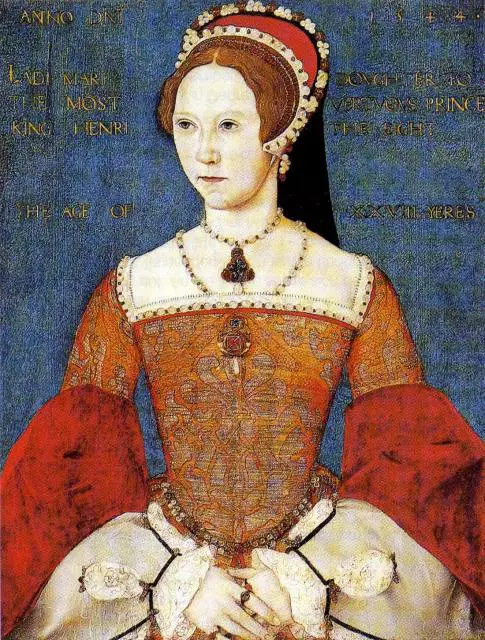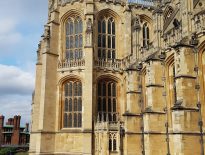On this day in Tudor history, 17th February 1547, Edward Seymour was made Duke of Somerset. He was already leading the boy-king Edward VI's government as Lord Protector, something that King Henry VIII had not wanted, so how did he get to these dizzying heights and who exactly was Edward Seymour?
I explain what happened in 1547 and share some Edward Seymour facts.
Also on this day in history:
- 1557 – Death of Henry Radcliffe, 2nd Earl of Essex, at Cannon Row, Westminster. He was buried firstly at St Laurence Pountney and then moved to Boreham in Essex.
- 1584 – Burial of John Watson, Bishop of Winchester, at Winchester. He was buried in the cathedral.
- 1590 – Death of Edward Leeds (Lydes), Rector of Croxton and Master of Clare College, Cambridge from 1560 to 1571. He died at his manor at Croxton in Cambridgeshire, and was buried at Croxton Church. Leeds had served Archbishop Matthew Parker as one of his chaplains.



When Henry died and Edward Seymour, with the support of Paulet, delayed the public announcements of the late King’s death, he staged a coup, a power grab and he gained access to the Prince of Wales, now the new King, nine year old, Edward vi. By having the new King brought to him and persuading him he had his best interests at heart and would protect him, Tom and Edward Seymour were able to set things up so as they were his most trusted aids. With the King on board and the help of Paulet and others they could gain the government and Council and as a reward Edward was elevated to the Duchy of Somerset and took over as Lord Protector. As the full authority of Lord Protector was transferred to him, he held the Regency which gave him the powers of a de facto King. Until Edward came into his majority, sometime after his fifteenth birthday, if he decreed it, with the consent of Parliament, Edward Seymour as Lord Protector would rule on his behalf and he made certain he had his supporters in the main place of power.
The title Lord Protector, with the Regency, usually went to the nearest or oldest male relative of the King, but were themselves a member of the Royal family, the late King’s brother or brothers, with some responsibility for care and education of the King being passed to either the Queen Dowager or another noble. The QD would normally be expected to have a ceremonial role, role in the continued care and development of the young King and be the face behind the throne but the power lay with the Protector/Regent and the Great Council. Edward Seymour was the new King’s senior Uncle, therefore he saw it as his duty and natural right to take control and he made his brother, Thomas Seymour Lord High Admiral. He also had another ally who would eventually push him out and rise higher than all of them, as his daughter in law became Queen for a fortnight, Lady Jane Grey. This was what Henry Viii wanted to avoid but his will and care was all for nothing. He really did make his wife’s brothers as dangerous, over ambitious and likely to take power for themselves when he set up a Council of Sixteen instead.